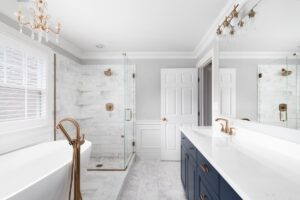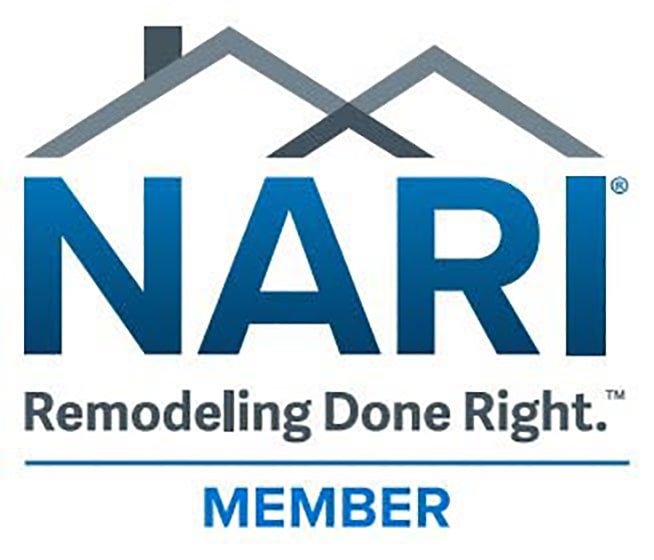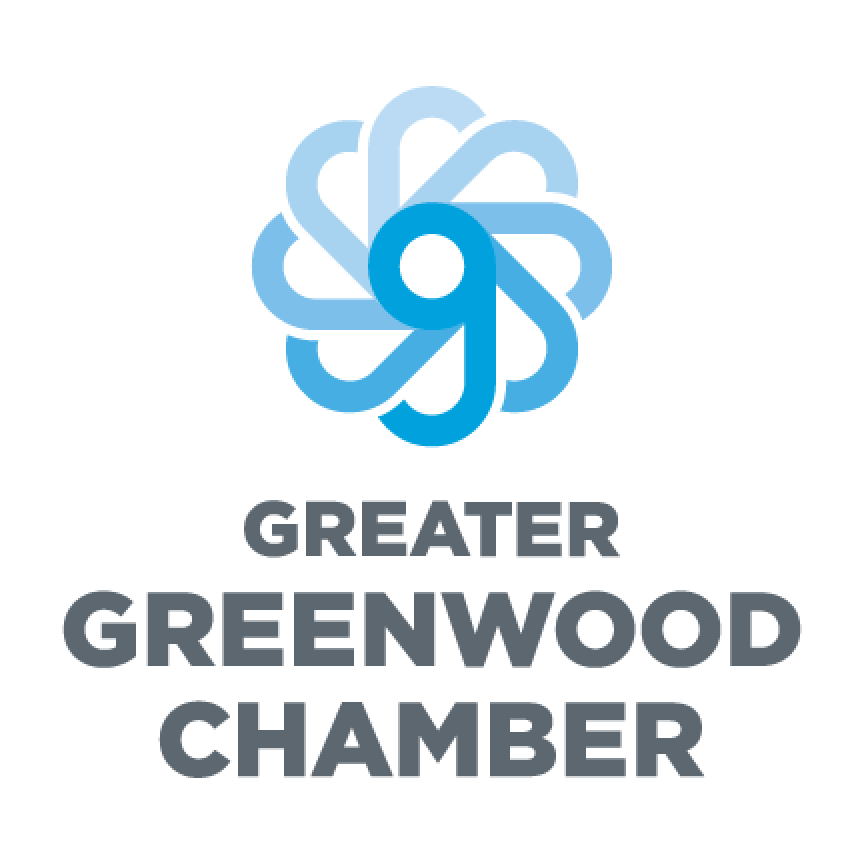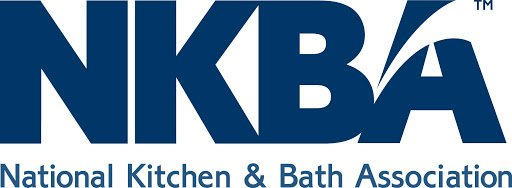The once-beautiful features of your home speak of a different era when wood paneling, popcorn ceilings, and frosted glass blocks were all the rage. Unfortunately, your home hasn’t reached a point where you can truly call it “retro.”
Perhaps you’d love to see something else on the walls of your living room than the expansive brown paneling, and the popcorn ceiling that’s always dumping tiny white puffs onto your floor.
Whether you choose to undergo a major renovation of your home or some strategic remodeling, you’ll definitely be pulled in many directions as far as style and design are concerned. Two popular styles for home renovations are modernist architecture and traditional architecture, and each of these styles have many layers and attitudes.
Modernist Architecture
Modernist architecture often brings to mind designs by innovators like Frank Lloyd Wright, and the homes that blend into the scenery as much as they put their own, ultra-modern stamp upon the landscape.
Frank Lloyd Wright once said:
“Study nature, love nature, stay close to nature. It will never fail you.”
You may associate modern architecture with spacious and recently built homes that take advantage of floor-to-ceiling windows, open floor plans, and large patches of neutral colors, but modernist designs started to appear more than a century ago with the opening of the 20th century.
As a response to the stifling and cluttered style of the Victorian and Edwardian eras, modernism took off after World War II when it became one of the dominant architectural styles of commercial building in the United States.
In today’s world, those minimalist designs mean wide-open spaces, uncluttered designs, and a rule that “form follows function.” If you’re aching to be freed of unnecessary adornment and want your home to feel like an open, welcoming space, you might want to investigate modernist architecture and how a renovation team might bring your vision alive.
One of the most noticeable ways to enhance the modernity of a home is through an enclosed porch like one designed by Eze-Breeze. Magnificent views of the sun and outdoors are a perfect way to meld nature and architecture, as is the ultra-modern style.
Traditional Architecture
The homes you see on the National Register of Historic Places bring the past into vivid detail with influences stretching back to decades before the American Revolution. Popular styles include the Georgian period of the early 1700s, the Gothic Revival period of the mid-19th century, and the Colonial Revival period of the early 20th century.
Perhaps you’d like to emulate the Georgian style with its traditional, symmetrical features, raised foundation, and a front door that sits right in the middle of the front façade. Maybe you adore homes of the Gothic Revival period with their steeply pitched roofs, decorative gables, and pointed arches. Architectural eras of the past offer so much creativity and beauty to your renovated home.
Style Isn’t Always So Cleanly Sliced
Remember that no single architectural or interior design style is wholly separate from other styles. For example, some modern designs may be considered “traditional” because they stem from a century-old history of creativity and innovation.
Consider the absurdly modern architecture of New York’s Guggenheim Museum. That “highly expressive” masterpiece opened in 1959 and is considered one of the most-notable examples of the style.
Likewise, traditional styles may feel a little modern when they feature snippets of designs popular in the 1950s and 1960s or resemble centuries-old homes of the Federal or Colonial eras. The key to finding your own, personal style for your renovation might take some time to decipher, but the time you spend designing your new space will be well worth the effort.
Looking to Create a New Style in Your Home?
Have you tired of your home’s out-of-date style and want to refresh your home’s natural appeal? Let us help you design the renovation of your dreams. Contact Gettum Associates for a Consultation or give us a call at 1-317-888-5681.

